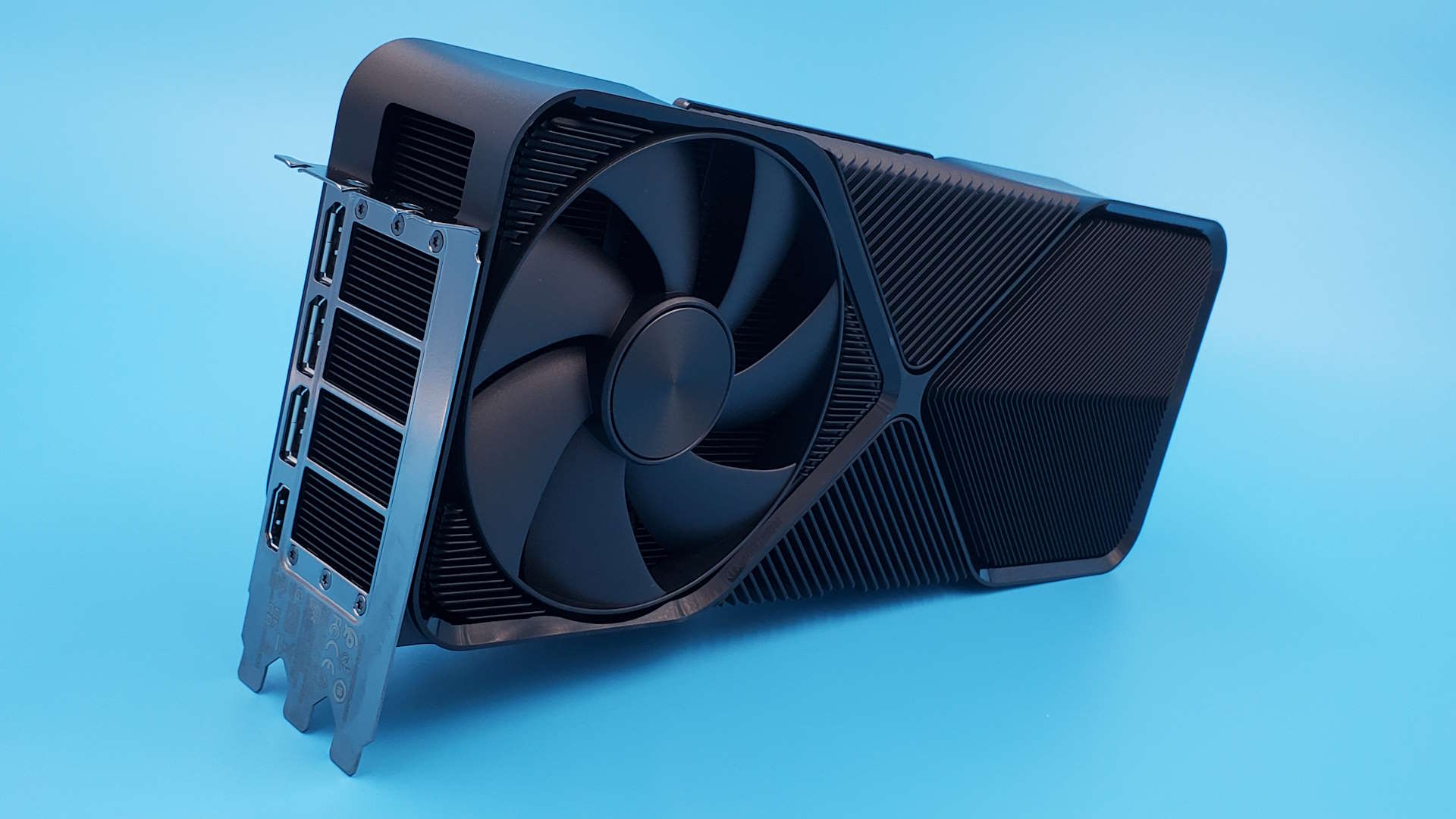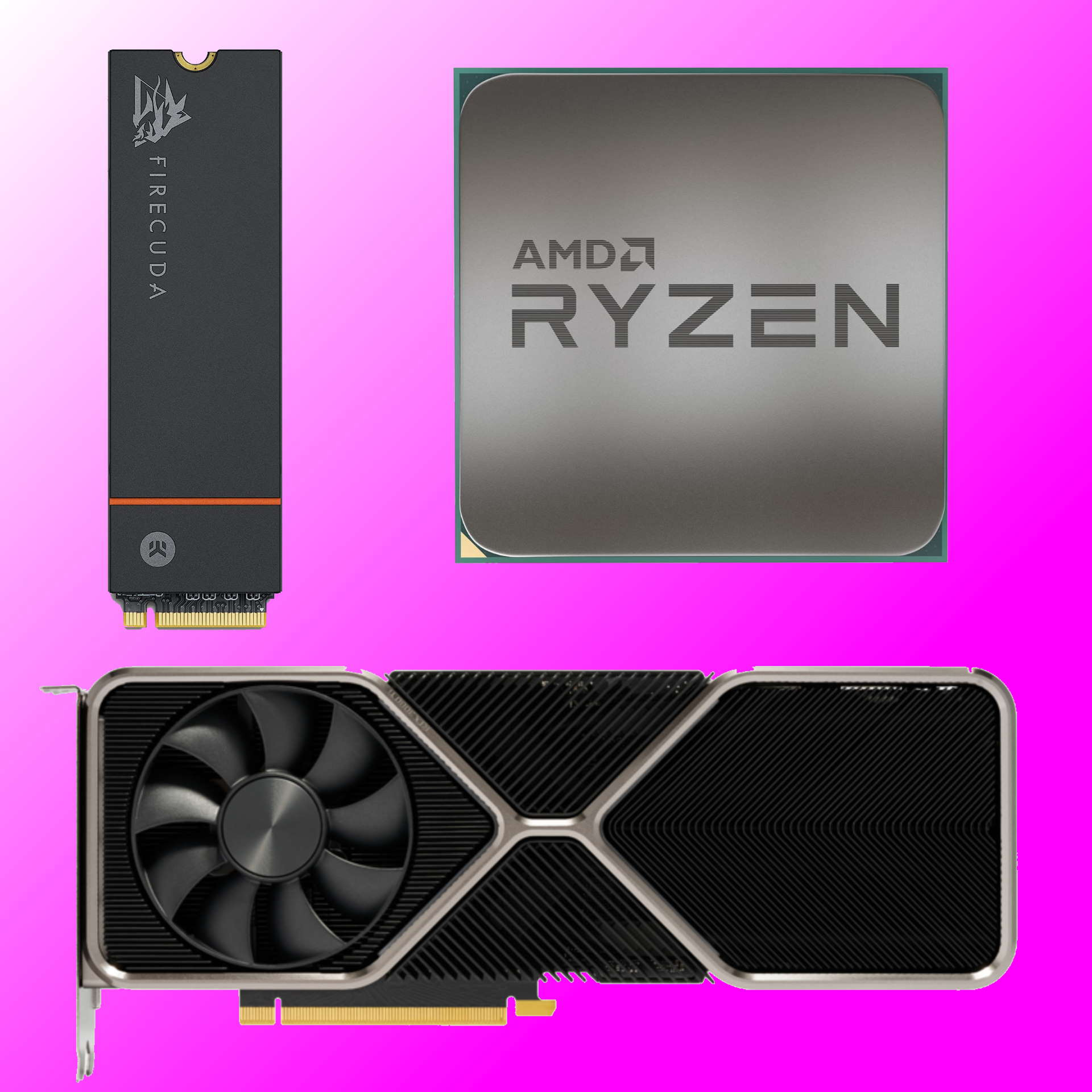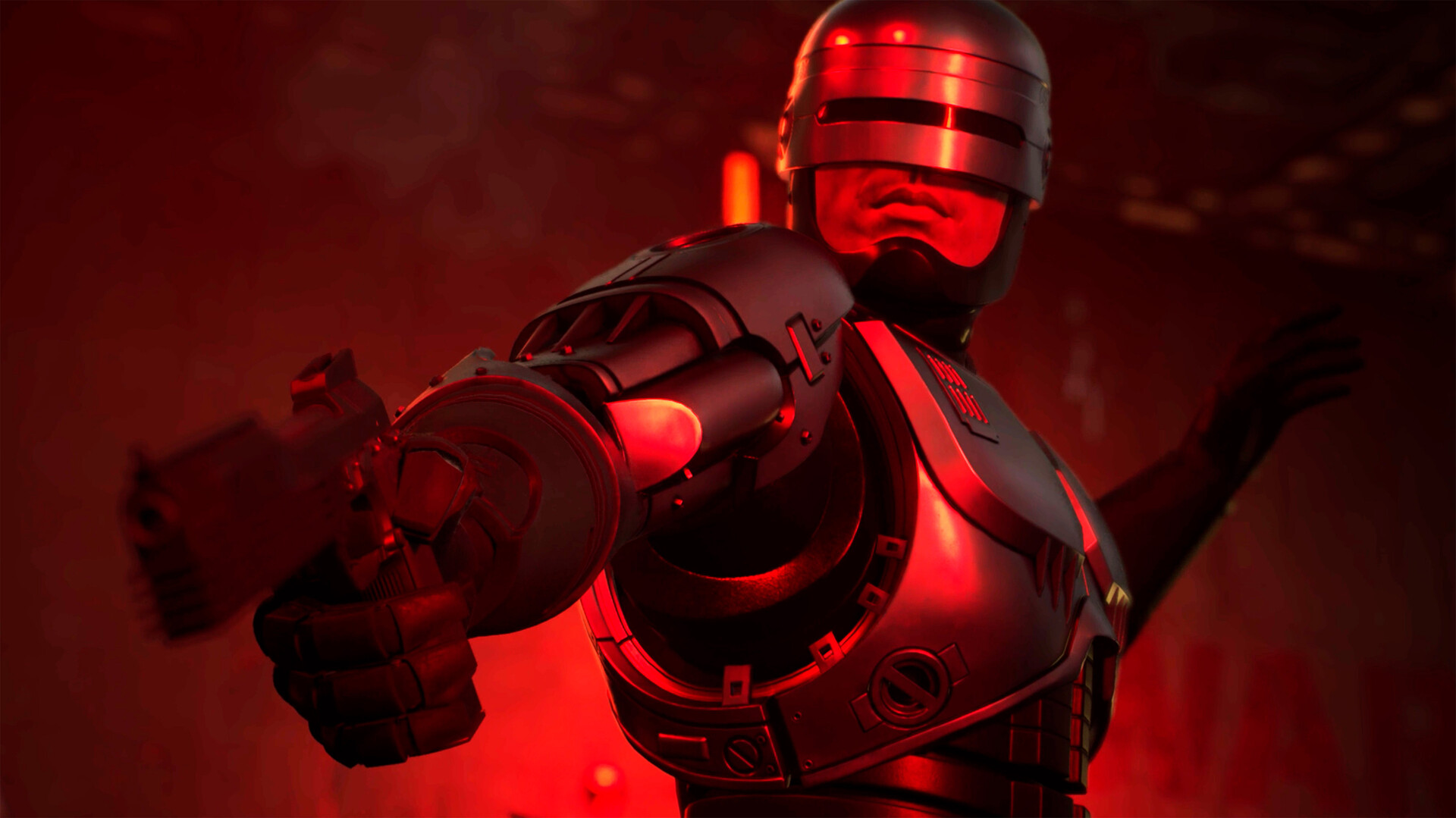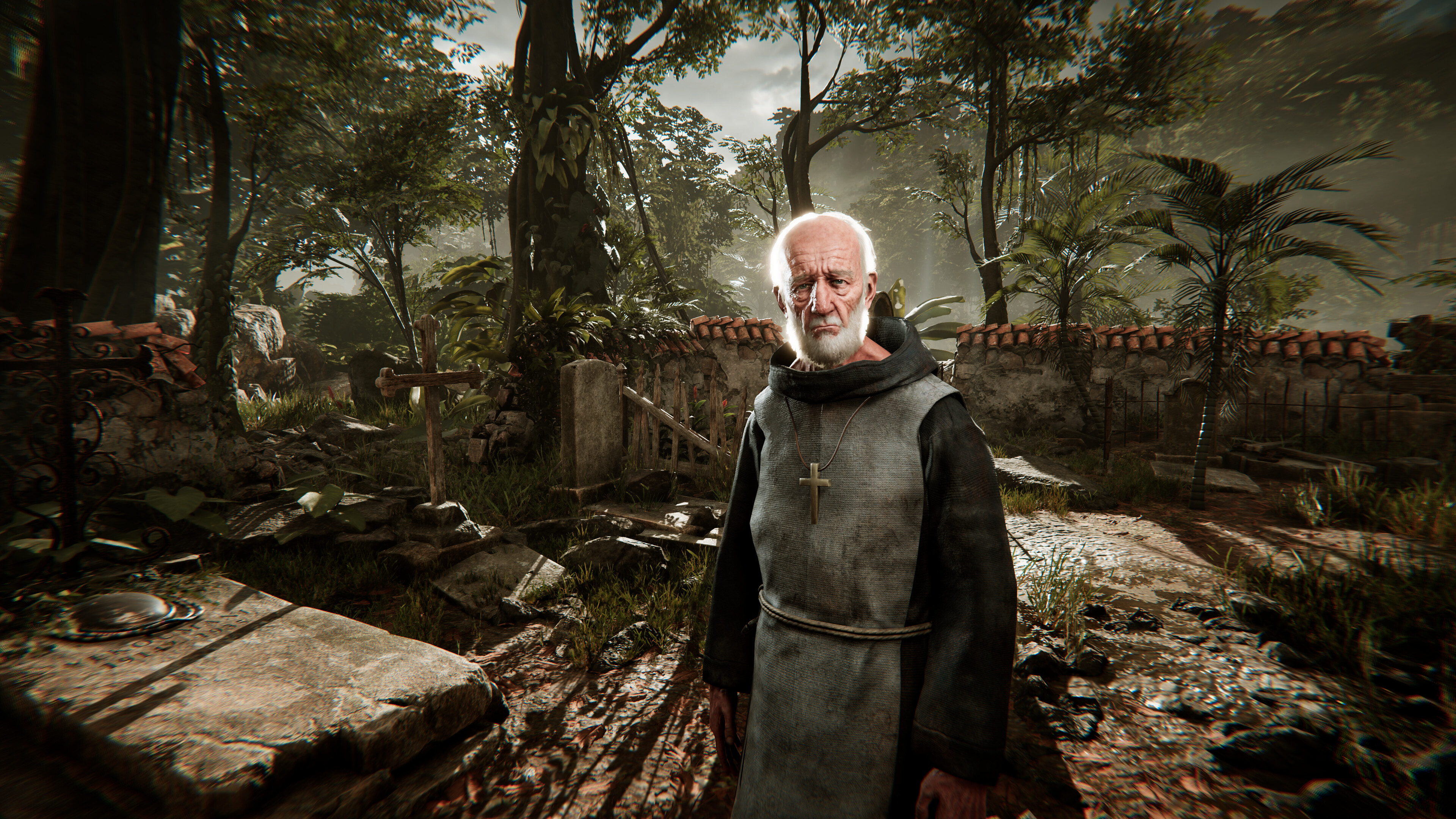
INNO3D website lets slip a possible hint at Nvidia's next AI magic.
Hot on the heels of apparent confirmation of a monstrous 32 GB RTX 5090 GPU from Nvidia comes news that the world’s most valuable company might be plotting a major AI-enhanced upgrade that brings in-game graphics a major step closer to fully AI-rendered graphics. In other words, games that are no longer rendered by a traditional 3D pipeline, but fully rendered by neural networks.
The technology could arrive with Blackwell, a new graphics architecture that literally everyone is expecting to debut at the CES show early in the new year. We’ve arguably discussed numerous variants of this new gen of GPUs ad nauseam at this point.
But a little snippet of info has possibly been leaked by graphics card maker—or add-in board partner, take your pick—INNO3D (via HardwareLUXX). The company doesn’t refer directly to new Nvidia GPUs, instead talking more tangentially about “a new range of graphics cards at CES 2025”.
However, the accompanying notes makes it clear enough we’re talking about Nvidia’s next-gen GPUs, thanks to various references to Nvidia DLSS technology, RT cores and so on.
The notes lean heavily into AI tech and ray-tracing capabilities, including:
- Improved performance in AI-assisted tasks and better integration of AI in gaming and content creation workflows.
- Neural Rendering Capabilities: Revolutionizing how graphics are processed and displayed.
- Improved AI-Driven Upscaling: Beyond gaming, enhanced AI upscaling benefits content creators, offering better quality when scaling up video content.
- Generative AI Acceleration: Optimizations for accelerating generative AI tasks, aligning with the growing trend in AI content creation.
- Enhanced Ray Tracing: Improved RT cores to deliver more realistic lighting, shadows, and reflections in games.
Now, much of that could apply to the existing RTX 40-series, but one item stands out. Yup, you guessed (you did guess it, right?), we’re talking about Neural Rendering Capabilities.
Now, this isn’t the first time we’ve seen mention of Neural Rendering in an Nvidia context. Likewise, you could argue that any rendering tech that uses Nvidia’s AI capabilities is “Neural” rendering. So, that includes upscaling, Frame Generation, Ray Reconstruction, the works.
However, when Nvidia has used that specific phrase previously, it’s typically been a forward-looking aspiration, a technology in development. Speaking last year about Neural Rendering, Bryan Catanzaro, an Nvidia VP of Applied Deep Learning Research explained how it was already possible to generate graphics that were entirely rendered by a neural network in real time, albeit at that time not at terribly high quality.
The output of such a system was, “not anything close to Cyberpunk,” Catanzaro said. Moreover, Nvidia currently says that with both DLSS and Frame Generation applied, just one in eight in-game pixels are rendered using the traditional GPU 3D pipeline with the remainder created by various AI or “neural” techniques.
So, much of the work has already been done. But the implication is that the end game for Neural Rendering is to have every pixel rendered by AI.
In this scenario, a game engine might provide data regarding what objects are in a scene, perhaps how they are moving, along with other environmental cues and player inputs, and then the AI works out the rest.
So, is that what we can expect from RTX 50-series GPUs? Perhaps not. Fully Neural Rendering might well be a step too far. Instead, Nvidia may be preparing to hand over further elements of the rendering process to AI, perhaps discrete elements of the 3D pipeline.
One example could be Real-Time Neural Radiance Caching for Path Tracing. It’s all pretty complicated, but the short version is that it uses AI to enable faster, lower-noise path tracing by handing over the radiance caching to a neural network.
Of course, the notion of Neural Rendering could also just be the latest marketing buzz to describe things that Nvidia is largely or entirely already doing. But it’s hardly surprising that Nvidia’s next GPUs will lean even more heavily into the whole AI thing. And it might be nice for the GeForce cards to have something else to do with all those Tensor Cores, right?
The company itself is now nothing if not all about AI. So we think it’s more likely that there will be some new substance to this whole Neural Rendering thing, even if that substance isn’t quite fully AI-rendered in-game graphics.
Best CPU for gaming: Top chips from Intel and AMD.
Best gaming motherboard: The right boards.
Best graphics card: Your perfect pixel-pusher awaits.
Best SSD for gaming: Get into the game first.







